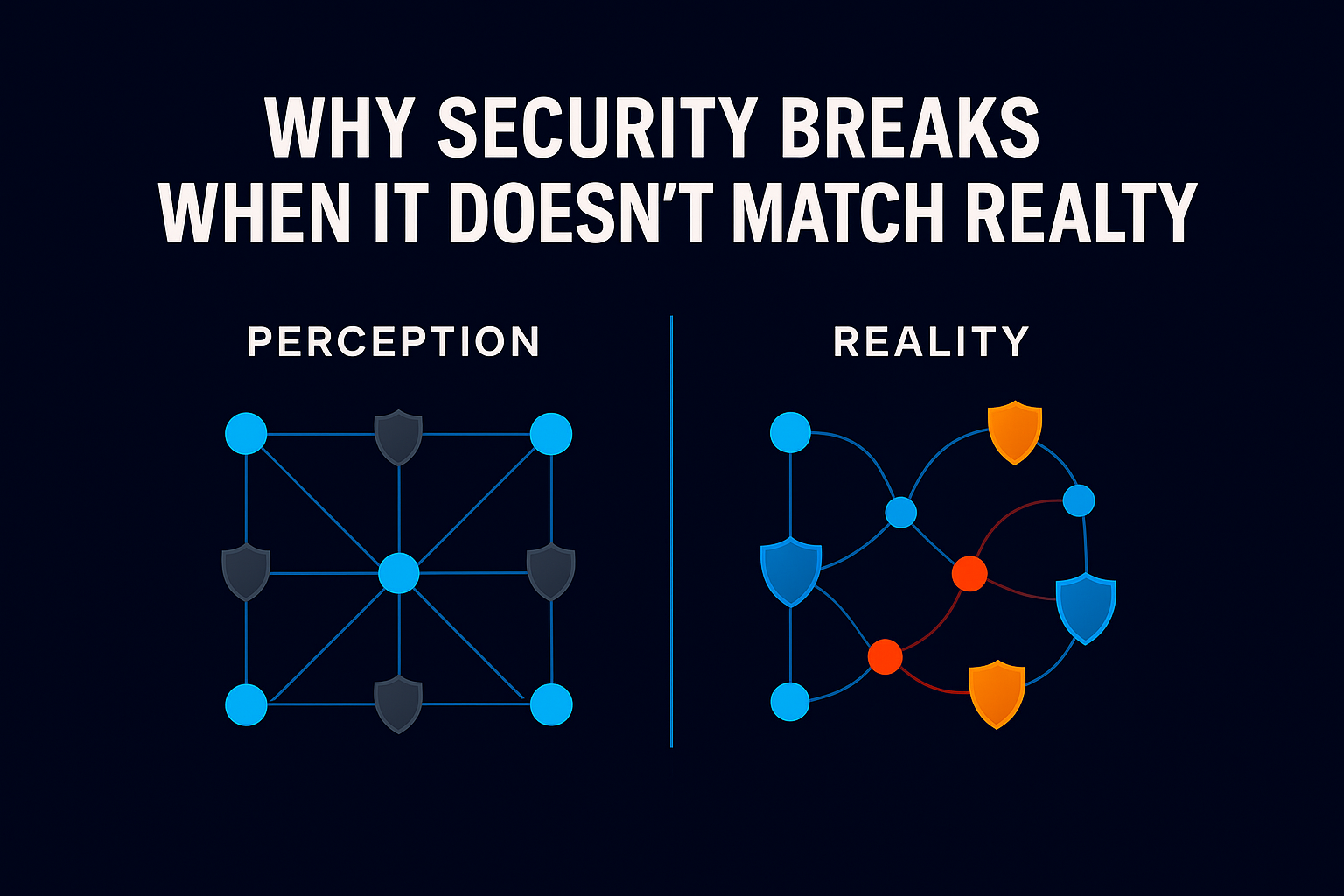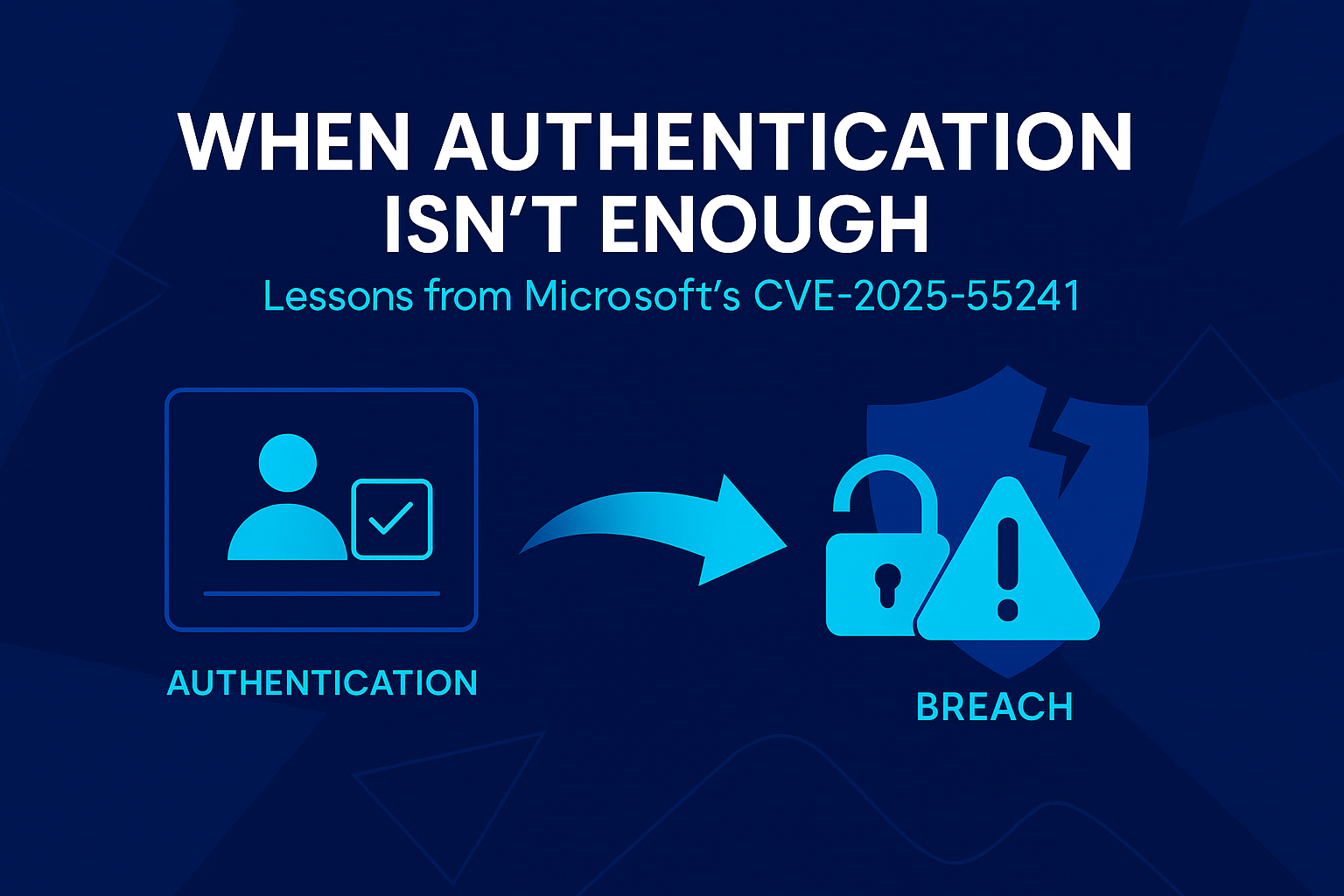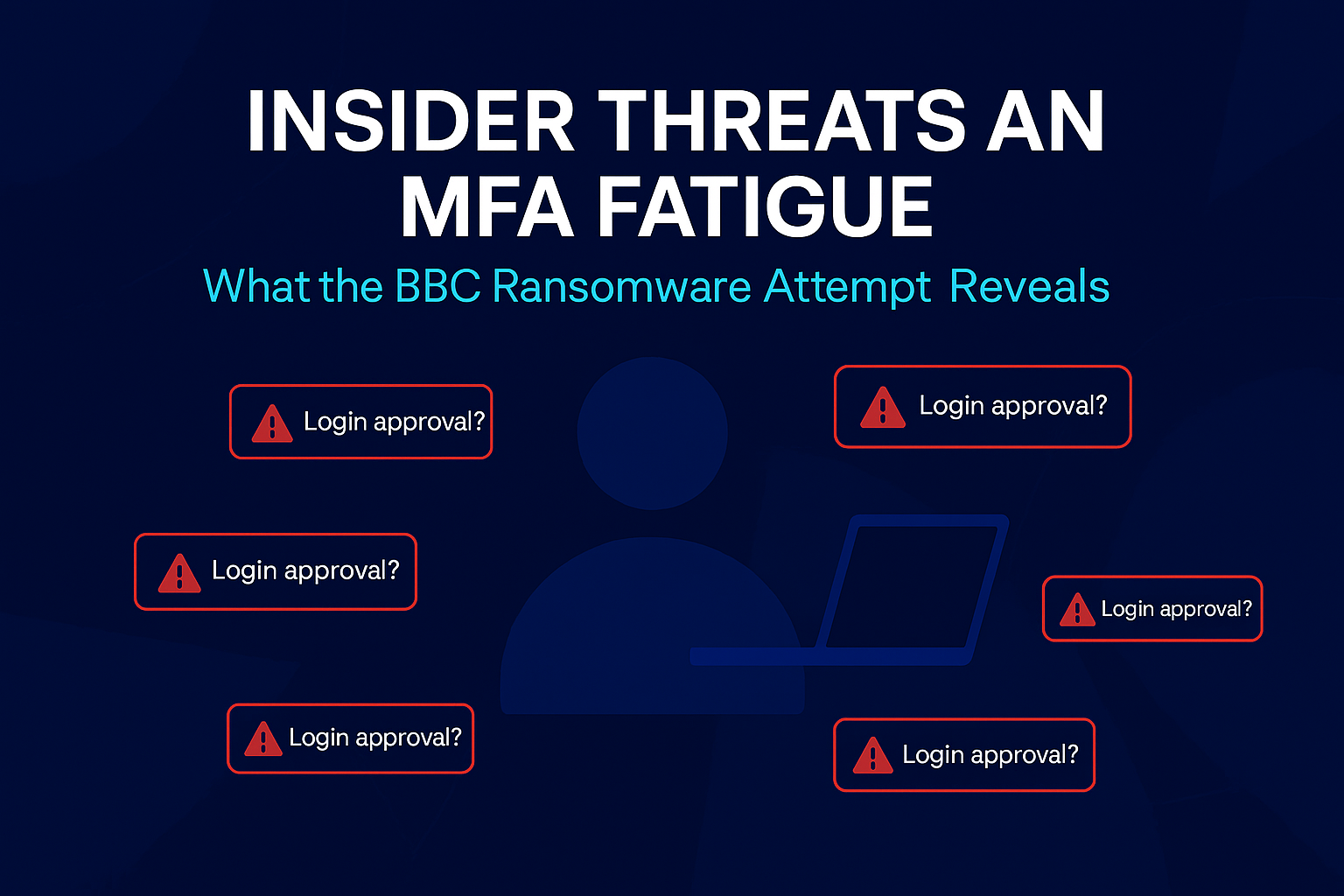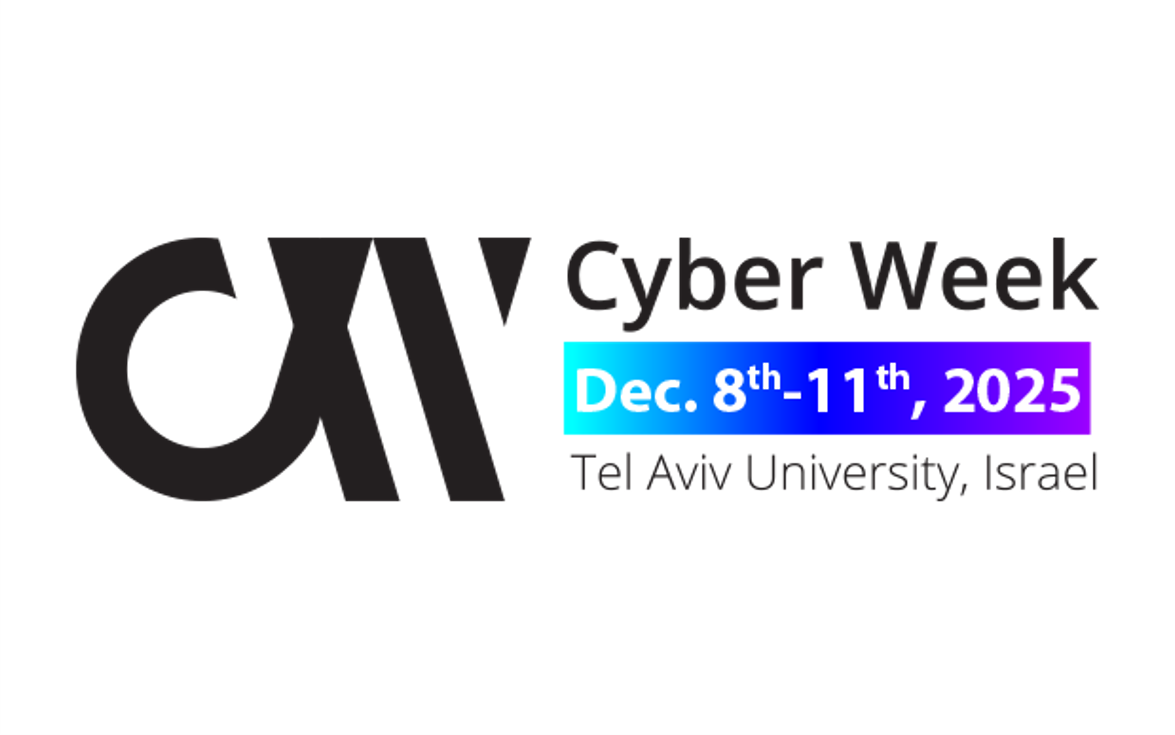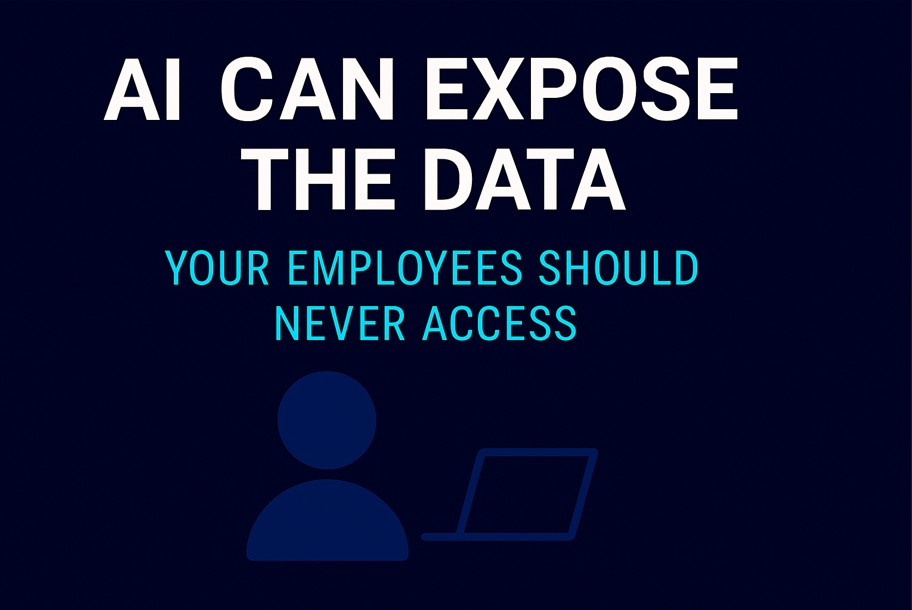Less Is More: The Power of Just Enough Access (JEA)
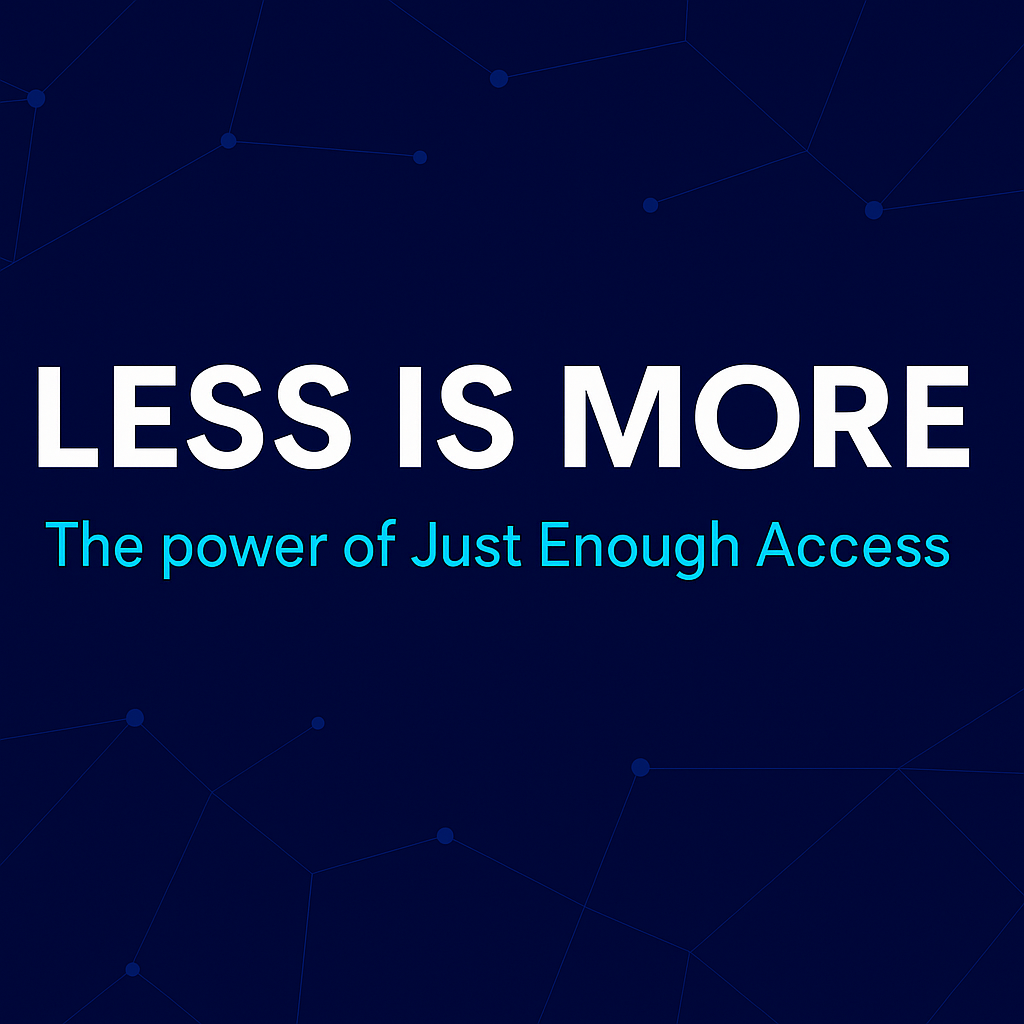
Less Is More: The Power of Just Enough Access (JEA)
When Sarah moved from the finance team to marketing three years ago, no one thought to revoke her access to the company’s financial database. She was a trusted employee and it didn’t feel urgent. Last month, Sarah’s credentials were compromised in a phishing attack. The attackers didn’t just get into marketing files, they gained a direct path to sensitive financial data Sarah hadn’t touched in years but could still access.
This scenario plays out every day in organizations of all sizes. It’s not malice or negligence, it’s the byproduct of how access management usually works: permissions accumulate like dust, and no one notices until something goes wrong. For decades, the default has been to grant broad, persistent access “just in case” someone might need it. Yet that abundance quickly becomes a liability. Excessive permissions expand the attack surface, amplify insider risks, and make it harder to understand how data is really used.
In data security, less is often more, and that principle underpins a growing shift toward Just Enough Access (JEA).
The Hidden Cost of Too Much Access
Access sprawl is one of the most pervasive, and underestimated, risks in enterprise security. Over time, employees accumulate permissions they no longer need. Temporary access granted for a project lingers for years. Entire teams receive blanket permissions “just to be safe.” The result is a tangled web of overexposed data and unclear boundaries.
When attackers compromise a single account, they often find they can move laterally and reach systems far beyond their initial target. Insider threats, whether malicious or accidental, become harder to contain. And as organizations rely on more cloud services, SaaS platforms, and AI tools, the sprawl only accelerates.
It’s no coincidence that many major breaches share a common root cause: someone had more access than they should have.
What “Just Enough Access” Really Means
Just Enough Access (JEA) is straightforward: users, applications, and systems should have only the access they truly need, no more and no less, and only for as long as they need it. It’s a modern evolution of the “least privilege” principle, but with more emphasis on context, timing, and adaptability.
Traditional models assume static roles and permanent permissions. JEA recognizes that access needs are fluid. A developer might need access to a production database for one hour during an incident. A data scientist might require a dataset only for the duration of a project. With JEA, access is granted dynamically based on real usage patterns and operational context, and automatically revoked or adjusted when no longer needed.
In practice, this means a developer gets access to production systems only during deployment, not around the clock. A contractor sees only the project files they’re working on, not the entire corporate drive. An AI tool accesses the specific data it needs, not the entire data lake. And permissions automatically adapt when someone changes roles instead of piling up indefinitely.
Why “Less” Is So Hard to Achieve
If JEA is clearly beneficial, why isn’t it standard practice? Because traditional tools and processes weren’t designed for it.
Visibility is a major obstacle. You can’t enforce “just enough” if you don’t know what “enough” is, and most organizations lack insight into who’s accessing what and how often. Complexity compounds the problem. Mapping thousands of roles, permissions, and policies to the underlying data they govern is a resource-intensive process. Access needs also evolve quickly, and static policies become outdated almost as soon as they’re created.
Then there’s business friction. Security teams fear that restrictive policies will disrupt productivity, so they err on the side of overprovisioning. As a result, organizations stick to what feels safer, even if it’s ultimately riskier.
Why Traditional Approaches Fall Short
Common methods like role-based access control (RBAC), periodic access reviews, and manual provisioning all share one flaw: they’re static and reactive. Roles are too broad and rarely updated. Managers rubber-stamp access reviews because they’re overwhelmed. IT teams revoke permissions only when someone leaves, missing the slow creep of excessive access.
By the time anyone realizes a user has inappropriate access, they’ve often had it for months or years.
The Predictive Path to Just Enough Access
The future of JEA lies not in more manual reviews but in smarter automation built on actual usage. Modern approaches analyze how data is accessed, not just how policies say it should be, and automatically align permissions with reality.
This shift enables usage-based access, where unused permissions are revoked and regranted only if needed again. It allows for predictive provisioning, where access is automatically granted based on role changes, project timelines, or historical patterns, and then continuously adjusted based on real usage, leaving only minimal access in place and revoking it if activity indicates it’s no longer justified. And it enables contextual access, where permissions adapt dynamically, such as allowing access only during business hours from approved devices.
This is where data access hygiene meets practical security. It’s not about restricting work, it’s about making sure permissions accurately reflect what people actually do.
The Business Case for “Just Enough”
For security leaders, JEA delivers benefits well beyond risk reduction. Cutting unused permissions by 70-80% dramatically reduces the attack surface without disrupting operations. Even more transformative is the ability to regain permissions when they’re truly needed: if someone legitimately attempts to access data again, access can be reinstated dynamically without manual intervention, ensuring security doesn’t come at the cost of productivity. Continuous right-sizing makes audits easier and eliminates the need to justify excessive permissions. If credentials are compromised, attackers can access only what’s truly needed, not everything that’s accumulated over time.
Automating reviews and cleanup also frees security and IT teams to focus on higher-value work. And it uncovers hidden business insights: which data is protected but never accessed, where overprovisioning is wasting resources, and how workflows could be streamlined.
Getting Started
Implementing Just Enough Access doesn’t require overhauling your entire security strategy overnight. Start small, focus on impact, and build momentum.
Begin by auditing who currently has access to your most sensitive data. Most organizations are surprised, often alarmed, by how many inactive accounts, outdated permissions, and forgotten privileges still exist in critical systems. Look closely at access that hasn’t been used in the past 6-12 months. In many cases, these permissions can be safely removed with minimal disruption, given the fact that there is a streamlined way of getting them back.
Focus first on high-risk areas: financial records, customer data, source code, and intellectual property. Early wins here significantly reduce your attack surface and make a strong business case for expanding JEA elsewhere.
From there, invest in automation and continuous monitoring. Manual processes can’t keep pace with evolving access needs, so tools that analyze usage patterns and adapt permissions dynamically are essential. Integrate contextual signals, user and data behavior, device type, project lifecycle, to ensure access decisions always reflect current reality.
Finally, treat JEA as a continuous process, not a one-time project. Regularly review access patterns, revisit policies, and refine your approach as the business evolves. Over time, this not only strengthens your security posture but also improves operational efficiency by reducing unnecessary complexity.
Less Is More In Practice and In Security
Just Enough Access isn’t about restricting people, it’s about aligning access with real business needs. In a world where credentials are constantly targeted, insiders make mistakes, and AI tools need data to function, JEA is one of the most effective ways to reduce risk and improve security posture.
Somewhere in your organization, there’s a “Sarah” with access she no longer needs. The question is whether you’ll address it proactively, or wait for someone else to exploit it.
While no single approach can solve access sprawl overnight, predictive, usage-aware technologies are making JEA not just possible, but practical, turning the principle of “less is more” into everyday security reality.
